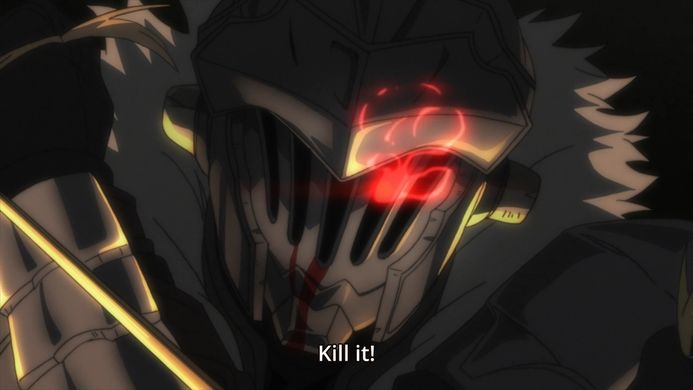
People have a built-in resistance to killing, but this resistance can be overcome through various methods. During World War II, only 15-20% of American riflemen fired at the enemy. This included men faced with Japanese banzai charges and other situations. Most people would rather die than kill someone else (Grossman, 1995). People often bluster about their ability to defend themselves, but unless they have several factors, they likely will not kill someone to protect themselves. However, factors like group pressure, emotional distance, desensitizing, and other methods can overcome this natural resistance. Vietnam soldiers reached a firing rate of 90-95% (Grossman, 1995). Of course, post traumatic stress disorder and other problems result from overcoming this natural resistance.
Many of these methods can be found in today’s media and culture. Anime also has some of them.
Group pressure involves letting your people down. It comes out of a sense of belonging and the desire to defend others. While the majority of people will not kill to defend themselves, a number of people will kill to defend the group and their status in the group. Group dynamics also helps people disavow their involvement in killing. Grossman (1995) writes of firing squads where members will imagine their bullet didn’t kill the person. Of course, many members of firing squads will purposefully miss too. Group pressure alone will not drive people to kill.
However, group pressure ties into the other factors behind killing by reinforcing them. Groups like incels and white supremacists indoctrinate people and provides relationships similar to military unit dynamics. Luckily, we don’t really see this in the anime community. Not all groups exert pressure that will lead to killing.
Emotional distance is necessary to kill. It’s easier to shoot someone in the back than to look at their face and kill them (Grossman, 1995). Emotional distance comes from dehumanizing the other. That involves calling them names like Jap, gook, femoid, hole, towel-head, Jew, and the like. A simple label can provide enough distance to make killing possible. It packs in the idea of cultural inferiority and animal behavior while elevating the potential killer to almost a savior status. The Internet teems with such emotional distance. After all, people only see usernames and avatars. Likewise, it provides a space where people with similar views can find each other.
Group language focuses on distancing themselves from other groups. We see this even in otaku communities. Terms like normies creates distance and a sense of superiority. Even best girl debates feature these dynamics. Now, we don’t expect people to kill each other over who has the best waifu. Distance mechanics work when you have insiders and outsiders. Members of a group typically don’t distance from each other because they share the same group identity. Waifu lovers all love waifu, for example.
Desensitizing concerns us the most as anime lovers. Vietnam soldiers had high firing rates because they watched videos of gradually increasing violence and other desensitizing training (Grossman, 1995). Playing violent video games and watching violent films will not make people into killers. But when combined with emotional distance, group pressure, indoctrination, and other factors, they can short circuit our natural resistance to killing. Repetitive exposure to violence normalizes it. Can you watch a horror film where the villain mutilates people without feeling uncomfortable? The Saw series come to mind. If you can, you’ve been desensitized to violence.

American culture frowns on sexuality but embraces violence. A good number of Americans don’t blink at violent films and news images. But sexuality causes a stir. At my library, we purchased High School DxD. It caused a stir among the staff members because of its nudity. Yet, they didn’t even notice the ultra-violent films that arrived with the anime. Animated nipples are taboo, but mutilation and shootings are fine. Violence has become normal in American society. So this factor in overcoming the resistance to killing has already been cleared for many, if not most, people.
Anime violence differs from horror and war films. While shows like Hellsing Ultimate take violence to the extreme, the fact it is animated makes it work differently. Animation allows us to suspend our disbelief easier than live action. This allows us to get sucked into the story–and its violence–easier. However, anime’s over-the-top violence and blood also works against desensitizing. It lacks the realism of violent films. It’s similar to how old-school theater blood looks fake. Therefore, we know it is all in good fun.
Anime violence lacks the impact of other images of violence. For a few members in the community, it can desensitize, especially when combined with violent video games. But alone anime violence won’t lead people to kill. However, it becomes a part of the background of violence that permeates American culture. Japanese culture has equally violent media, but it also has checks against violence. Group dynamics can reinforce the natural resistance to killing or it can resist it. Opportunity also plays a role. It’s easier to kill from a distance than face-to-face. American’s gun culture grants more access to a distant means of killing than non-gun cultures. Of course, if you remove access to firearms but retain all the other elements that override the human aversion to killing, you will still see killing. It may be less frequent because of the final check on it: personal distance. But not necessarily. The factors Grossman discuss remain powerful. Japanese honor culture bolsters resistance to killing others (and encourages suicide). Japanese culture makes the means of killing (other than knives) difficult to find. By itself, desensitizing media doesn’t overcome the resistance to killing.
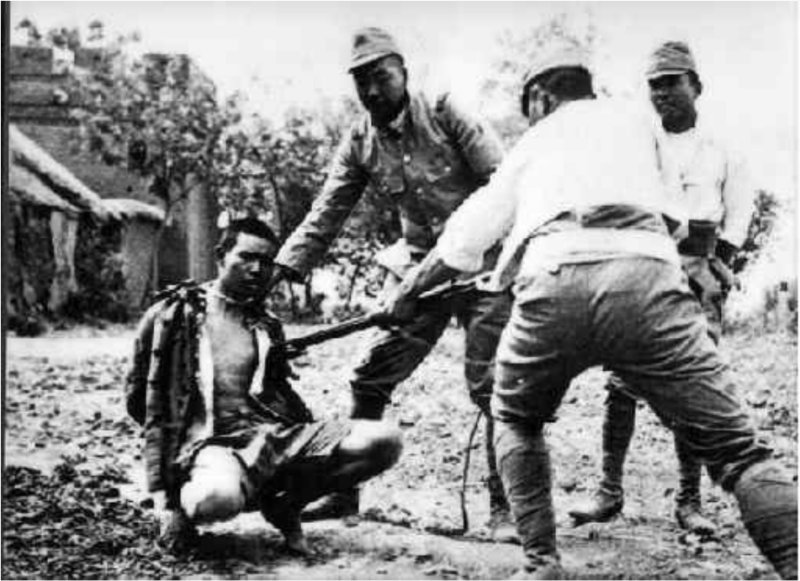
The current political climate of the US encourages emotional distance and tribalism. Altogether, American culture has most of the factors used to allow Vietnam soldiers to fire at the enemy more often then their World War II counterparts. When Grossman wrote its book in the 1990s, he was concerned about this. The US has gone further down that road since then. At this point, we may want to feel grateful we haven’t had more outbreaks of violence.
As for anime violence, it is a small contributing factor. On the whole, the anime community remains nonviolent. It doesn’t really target other groups with truly dehumanizing language, nor does it truly wish death on anyone. If anything, the anime community counters the elements of American culture by providing a space for people who want to avoid the US’s competition and violence. After all, where else can adult American men indulge their enjoyment for romance stories and other stories that heal? American masculine culture doesn’t allow for such outside of the gay community and “safely” watching such media with a girlfriend or wife.
Reference
Grossman, Dave Lt Col. (1995) On Killing. The Psychological Cost of Learning to Kill in War and Society. Little & Brown Company.
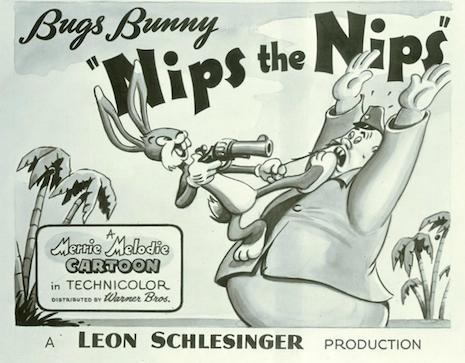
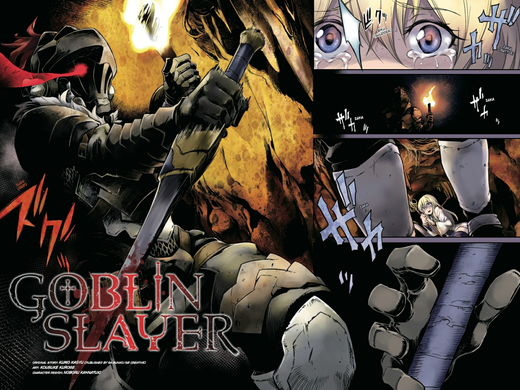

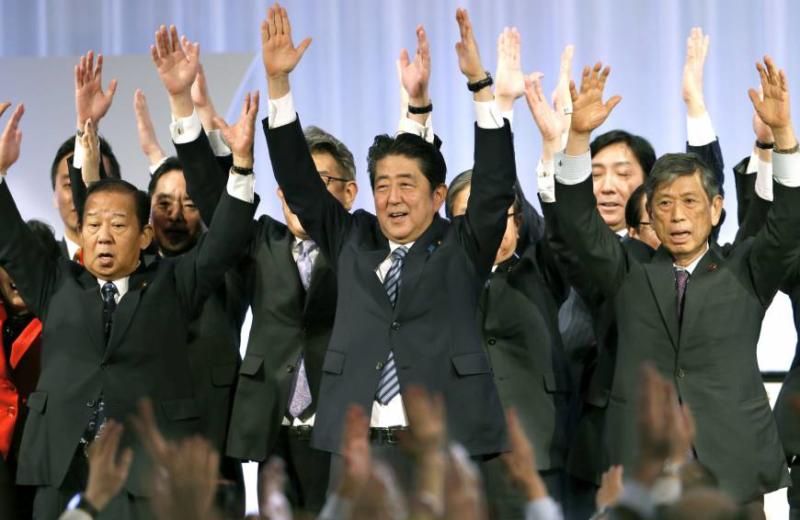
This was interesting as it went exactly where I thought it would go and yet at the same time it did not. I do think you are onto something with the desensitization, and how there might be a difference with animated violence as it looks nothing like the real thing. That being said I have seen some studies that have shown that while violent media does not cause in increase in corresponding violent behavior it has shown an increase in agressive behavior.
Yes, I’ve read similar reports on violent media and aggressive behavior. The stories we consume influence how we think.